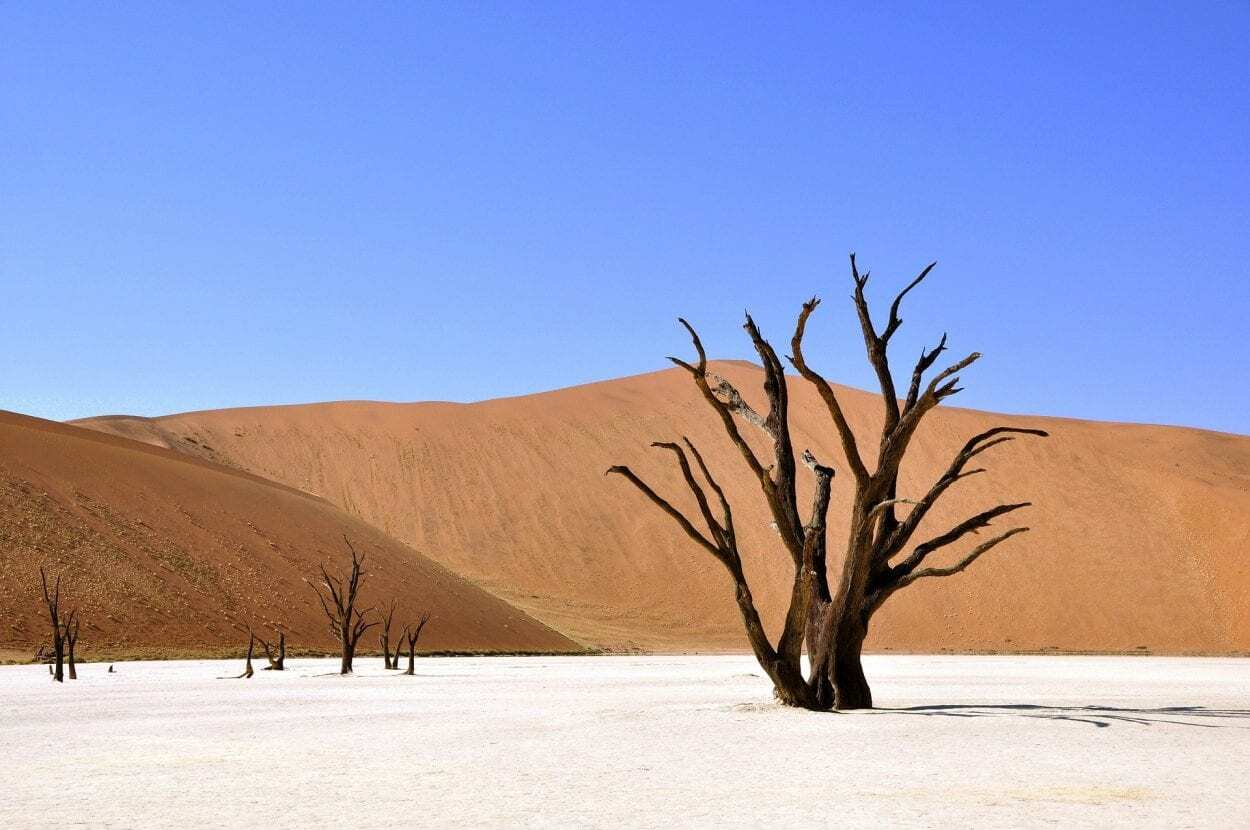Physical evidence found in caves in Laos helps tell a story about a connection between the end of the Green Sahara, when once heavily vegetated Northern Africa became a hyper-arid landscape, and a previously unknown megadrought that crippled Southeast Asia 4,000 to 5,000 years ago.
In a paper published in Nature Communications, scientists at the University of California, Irvine, University of Pennsylvania, William Paterson University of New Jersey, and other international institutions explain how this major climate transformation led to a shift in human settlement patterns in Southeast Asia, which is now inhabited by more than 600 million people.
“In this study, we provide the first proof for a strong link between the end of the Green Sahara and Southeast Asian monsoon failure during the mid- to late Holocene period,” said co-author Kathleen Johnson, UCI associate professor of Earth system science. “Our high-resolution and well-dated record suggests a strong connection between Northern Africa and mainland Southeast Asia during this time.”
To create a paleoclimate record for the study, Johnson and other researchers gathered stalagmite samples from caves in Northern Laos. In her UCI laboratory, they measured the geochemical properties of the oxygen and carbon isotopes, carbon-14, and trace metals found in the specimens. This helped them verify the occurrence of the drought and extrapolate its impacts on the region.
Johnson said they combined data from the analysis of these stalagmite-derived proxies with a series of idealized climate model simulations–conducted by co-author Francesco Pausata of the University of Quebec in Montreal–in which Saharan vegetation and dust concentrations were altered in a way that permitted them to investigate the ocean-atmosphere feedbacks and teleconnections associated with such an abrupt shift in precipitation.
The modeling experiments suggested that reduced plant growth in the Sahara led to increased airborne dust that acted to cool the Indian Ocean and shift the Walker circulation pattern eastward, causing it to behave in ways similar to modern-day El Niño events. This, ultimately, led to a large reduction in monsoon moisture across Southeast Asia that lasted more than 1,000 years, according to Johnson.
Anthropologists and archaeologists have previously studied the effects of the demise of the Green Sahara, also known as the African humid period, on population centers closer to Western Asia and North Africa, noting the collapse of the Akkadian Empire of Mesopotamia, the de-urbanization of the Indus Civilization (near present-day Pakistan and India) and the spread of pastoralism along the Nile River.
But the link to the origin of the Southeast Asia megadrought and lifestyle pattern shifts in the region had not been previously investigated, according to lead author Michael Griffiths, professor of environmental science at William Paterson University of New Jersey.
“Archaeologists and anthropologists have been studying this event for decades now, in terms of societal adaptations and upheavals, but its exact cause has eluded the scientific community,” said Griffiths, who was a National Oceanic and Atmospheric Administration-supported postdoctoral scholar in Johnson’s lab and has collaborated with her on this research topic for more than 10 years.
“Results from this work provide a novel and convincing explanation for the origin of the Southeast Asia megadrought and could help us better understand, to varying degrees, the observed societal shifts across many parts of the tropics and extra-tropics,” he said.
The researchers suggest that the centuries-long megadrought corresponds to the “missing millennia” in Southeast Asia between 4,000 and 6,000 years ago, a time characterized by a noticeable lack of archaeological evidence in interior Southeast Asia compared to earlier and later portions of the Holocene.
They propose that the mid-Holocene megadrought may have been an impetus for mass population movements and the adoption of new, more resilient subsistence strategies, and that it should now be considered as a possible driver for the inception of Neolithic farming in mainland Southeast Asia.
“This is outstanding evidence for the type of climate change that must have affected society, what plants were available, what animals were available,” said co-author Joyce White, adjunct professor of anthropology at the University of Pennsylvania. “All of life had to adjust to this very different climate. From an archaeological point of view, this really is a game changer in how we try to understand or reconstruct the middle Holocene period.”
Header Image Credit : Public Domain







